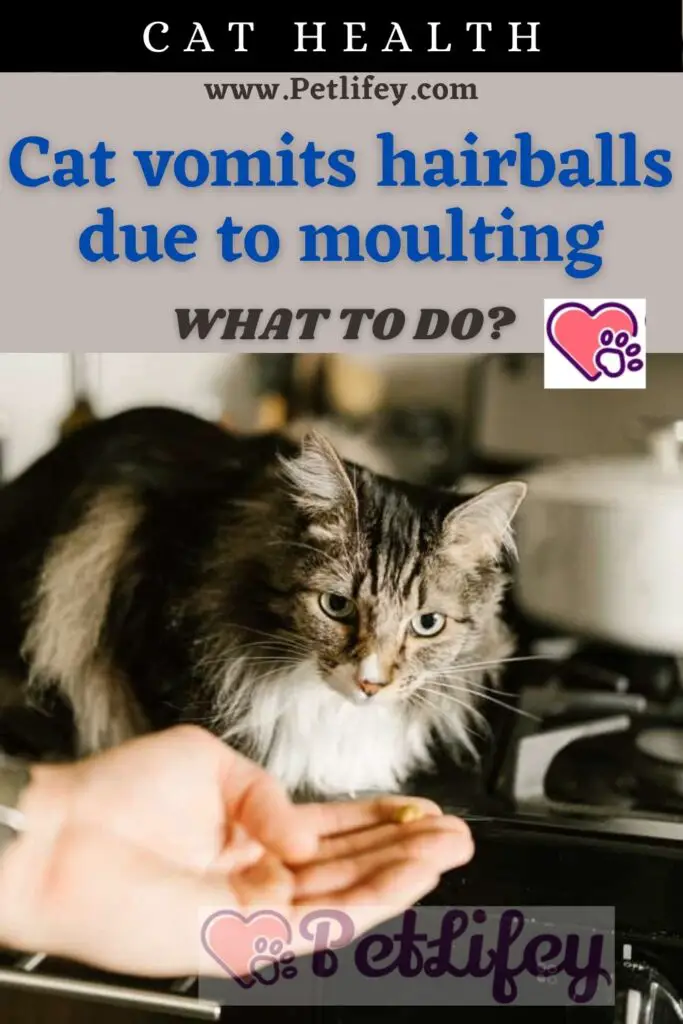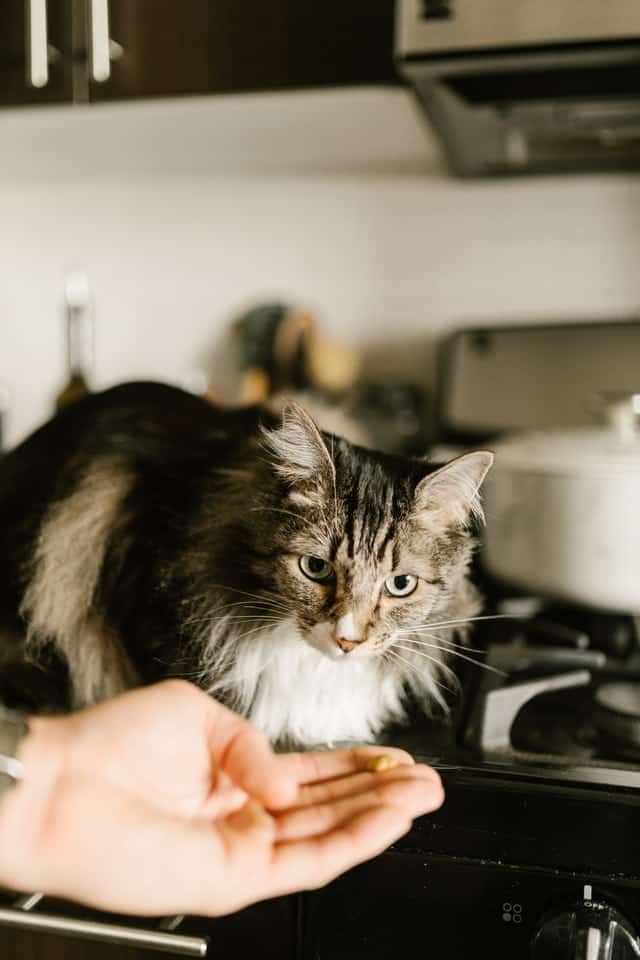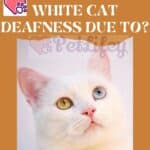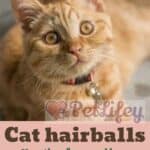
With the arrival of summer the problems for our animals increase, both from the point of view of nutrition and from a health point of view. In fact, with the heat above all, cats and dogs have less appetite and we will have to prefer a much more humid diet rich in minerals and omega 3/6 for them. In addition to the fact that in the summer the animals make the moult, the replacement of the winter fur, to replace it with the summer one. Dogs lose a lot of hair, but without being able to lick each other, while cats, unfortunately by instinct and habit, tend to lick themselves to clean themselves, and in this way they swallow a lot of superfluous hair. This is how hairballs are created.
How do we get around the vomiting problem?

As we said, the boluses are formed following the regular cleaning of the cat. When the cat licks its own fur, small hook-like structures on its tongue trap the dead hair, which is then swallowed. Most of them pass through the digestive tract without problems, while others remain in the gastro-esophageal tract creating real hitches. The cat will then expel it thanks to vomiting. Because the hairballs to escape pass through the narrow esophagus, they often appear thin and characterized by a tubular rather than round shape.
The formation of hairballs is more likely in long-haired breeds, such as the Maine coon, Persian, Norwegian, Siberian. Cats that tend to shed a lot of hair or who lick compulsively are also more likely to develop hairballs as a result of the increased hair ingestion. We can see that in kittens this does not happen given the inexperience in cleaning, in fact this problem is recurrent in much more experienced adult cats.
What are the frequent symptoms of vomiting?
An unpleasant symptom is to hear the cat straining and coughing to expel the hairball. Sometimes the cat may also have difficulty expelling it. If we experience any of the symptoms listed below, we will need to contact your vet immediately to avert the worst.
- constant vomiting
- retching
- coughing without producing a hairball
- lack of appetite
- lethargy
- constipation
- diarrhea
We cannot in any way prevent boluses from forming because they are part of the natural and physiological cleaning of the cat, but we can avoid their increase and size.
Simple home remedies
- Brushing the cat regularly: The more hair you remove by brushing the cat, the less amount it ingests will end up in its stomach. Combing or brushing your cat on a daily basis can be a perfect way to decrease hairballs. In addition to being pleasant for him, you will be able to bond with him more than before.
- Give the cat specific food to counteract the development of hairballs: Many pet food manufacturers now produce cat food that can reduce the formation of hairballs. These high-fiber formulations are designed to improve the health of the cat’s coat.
- Use the malt paste: There are many products on the market that promote regular intestinal mobility, some are laxatives, while others are glycerin-based and favor the transit of hair through the faeces.
- Helping our cat: If you suspect that hairballs are the result of compulsive grooming, try to train the cat to do a different but enjoyable activity, thus diverting his attention from the compulsive hygiene routine. Give him a new stimulus, or a wet food every time he tends to lick himself, you will see the cat change completely.






